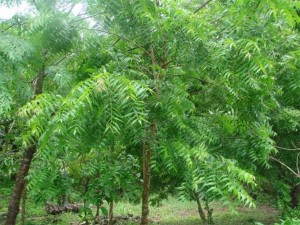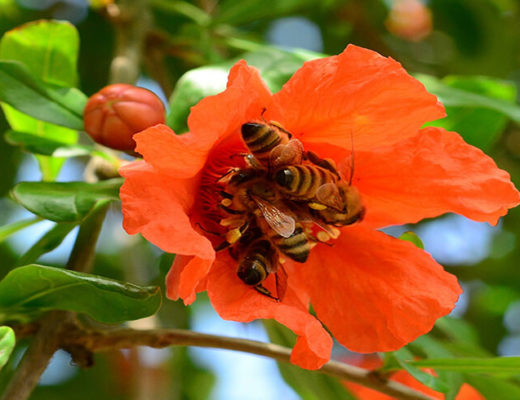Many Benefits of Neem to Human and Environment
The neem plant is a source of “village medicine” and “biopesticide” due to its wide range of benefits to human health and the environment. Belonging to the family Meliaceae of the plant kingdom the scientific name of neem is Azadirachta indica. The novel benefits of neem plant are overwhelming not only as an organic medicine in Ayurvedic and as a pesticide, but also as an ingredient of beauty products.
Usefulness
All portions of the neem tree are beneficial. The plant leaves, stems, barks and seed oil contain medicinal compounds that have anti-inflammatory, anti-bacterial, antiseptic, antiviral, antipyretic, anti-ulcer and antifungal properties. According to the Sanskrit language, the neem plant is recognized ‘to give good health’, ‘the curer of all ailments’. But the neem is now playing an even vital role in the formulation of biological or ‘biopesticides’. Yes, the neem is a source of natural organic biological pesticides that control mice, insects, fungi, bacteria, viruses and other microorganisms. Above all, a neem plant with the breeze freshens the environment. You will be amazed to know some of the benefits of neem as we look into this tree with an open eye!
The active ingredients of neem
The most important active ingredient of neem is azadirachtin tetranortriterpenoid limonoid that disrupts metamorphosis in insects. Salannin is another ingredient that repels insects. Nimbidin, an unfinished bitter oil extract from the kernels of seed has proven biological activities. The neem plant has given at least 140 compounds from its various parts. Several compounds isolated are known to be having inflammatory, antipyretic, anti-ulcer, antiarthritic, antibacterial, spermicidal, antimalarial, antifungal, antitumor, hypoglycemic and immune modulatory effect. The immense benefits of neem make it a medicinal plant from ancient times.
Benefits of neem plant parts
Benefits of neem to environment
- A neem tree requires very little water and nutrients. The tap root system goes deep into the subsoil and extracts water and nutrients.
- The leaves that fall underneath acts litter and contribute to the fertility by humus formation.
- Neem reclaims soil by converting acidic soils to neutral by accumulating calcium.
- Benefits of neem as a fast growing plant and is a good source of firewood is well known.
- Neem saves the environment from air pollution. The inflorescence purifies when the wind blows. Like other trees, it exhales out oxygen and keeps the oxygen level in the atmosphere balanced.
- Neem plants control flood, reduce salinization and soil erosion as a marginal crop
- All parts of the plant are source of indigenous and ayurvedic medicine
- Neem is replacing pesticides with biopesticides with does not harm human health and beneficial organism of the environment.
- Directly and indirectly neem can control 700 disease and pest pathogens
- The leaves and twigs of Neem are used as a household pest controller in grain storage pots and against rodents.
- Neem plant is known to reclaimed wastelands lands example of its value as an environmental panacea.
- Neem plant is a windbreaker and protects from storms and strong wind.
- As a shade plant neem has all the good characters for various social forestry programs.
- Neem trees to produce dry biomass of 10 to 100 tons/ha, thus great benefits of neem in improving soil environment.
- The plank of the neem tree is used for making furniture, crafts, pencils,
Neem a beauty agent
Due to its organic nature and medicinal value neem has been used to make a number toiletry and beauty products. Besides the direct benefits of neem plant parts such as leaves, barks, the parts are used to make soap, toothpaste, beauty creams, lotions, hair oil, and shampoo and acne cream. Neem derivatives demonstrate to be a ‘miracle’ for the people with skin problem.









No Comments